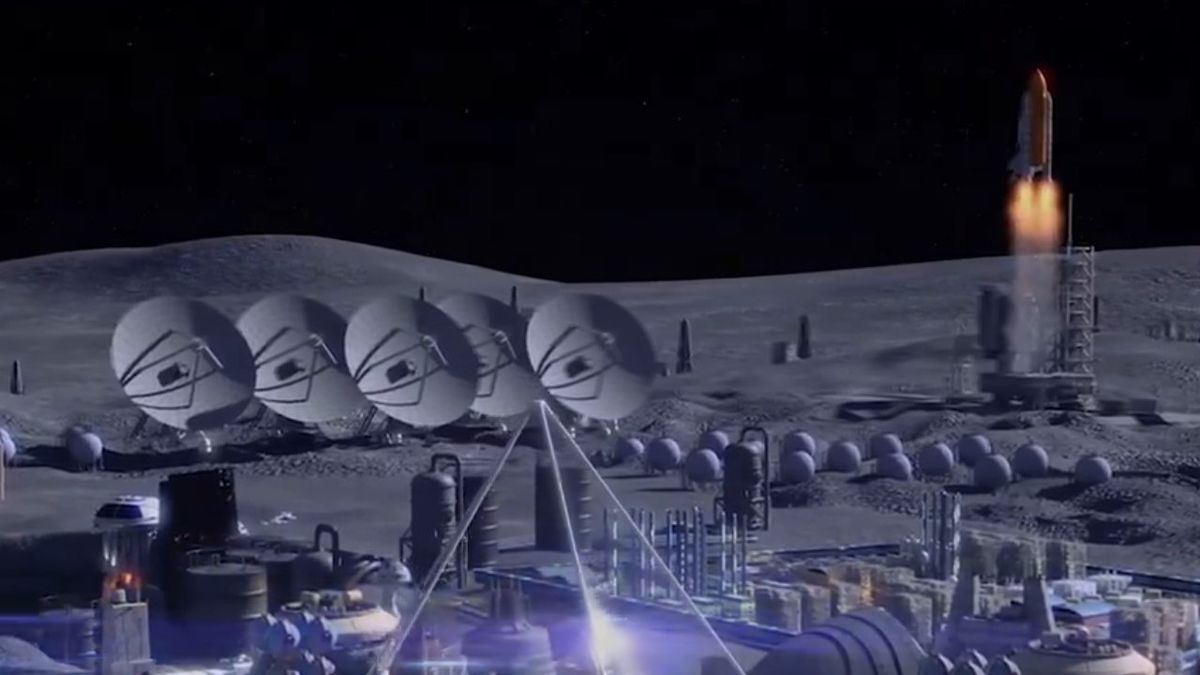Satellites observe dangerously hot lava posing a threat to Iceland’s Blue Lagoon.


Satellites spy red-hot lava threaten Iceland’s Blue Lagoon (Image Credit: Space.com)
Satellites watched bright burning lava surge toward Iceland’s Blue Lagoon following a volcanic eruption on the Reykjanes Peninsula.
A series of earthquakes triggered a new eruption from a volcanic fissure on Iceland’s Reykjanes Peninsula on the evening of Nov. 20, 2024. Multiple Earth-observing satellites captured views of the eruption from space and its aftermath, according to new imagery from NASA and the National Oceanic and Atmospheric Administration (NOAA).
“Lava from the eruption flowed across major roads and closed in on the Blue Lagoon, a popular tourist destination,” NASA officials said in a statement sharing new imagery from the eruption. While the event did not affect flights to and from Iceland through the country’s main airport in Reykjavík, located near the eruption, it did result in the evacuation of some of the town’s residents and the Blue Lagoon resort.
The Visible Infrared Imaging Radiometer Suite (VIIRS) on the Suomi NPP satellite captured a nighttime view of the volcanic eruption, which occurred near the Blue Lagoon, located southwest of the Icelandic capital of Reykjavik. The brilliant burst of light representing the eruption in the image is remarkably brighter than the neighboring Reykjavík city lights.
The NOAA shared a time-lapse of the imagery captured by the VIIRS sensors over a four-hour period. Taken at night, the moonlight illuminates the volcanic ash plume in the satellite images, which the NOAA shared in a post on X (formally Twitter).
Related: Lava from Iceland volcano spied from space (satellite photo)
Last week, the VIIRS sensors onboard @NOAA’s polar-orbiting @JPSSProgram satellites captured a volcanic eruption in Iceland. This 4-hour Day/Night imagery shows lava outshining nearby capital city of Reykjavik, as moonlight illuminates the volcanic ash plume.#TimelapseTuesday pic.twitter.com/mcDVdeNHfPNovember 26, 2024
The Operational Land Imager-2 (OLI-2) on the Landsat 9 satellite also viewed the eruption, capturing a natural color image of lava flowing east and west from the fissure near Stóra Skógfell peak, located along the Sundhnúkur crater row, on Nov. 24. A large plume of gas, consisting primarily of sulfur dioxide, can also be seen in the image streaming from the lava flow. The composite image includes infrared data to identify the heat signature of the blazing lava, according to the statement from NASA.
The Reykjanes Peninsula eruption on Nov. 20 is the seventh such event in a series of volcanic activity that began in December 2023. Following the initial evacuations, lava flowed over the car park of the Blue Lagoon spa, enveloping a small service building. Lava flows have since slowed, but the spa remains closed to the public as of Nov. 26, 2024.








